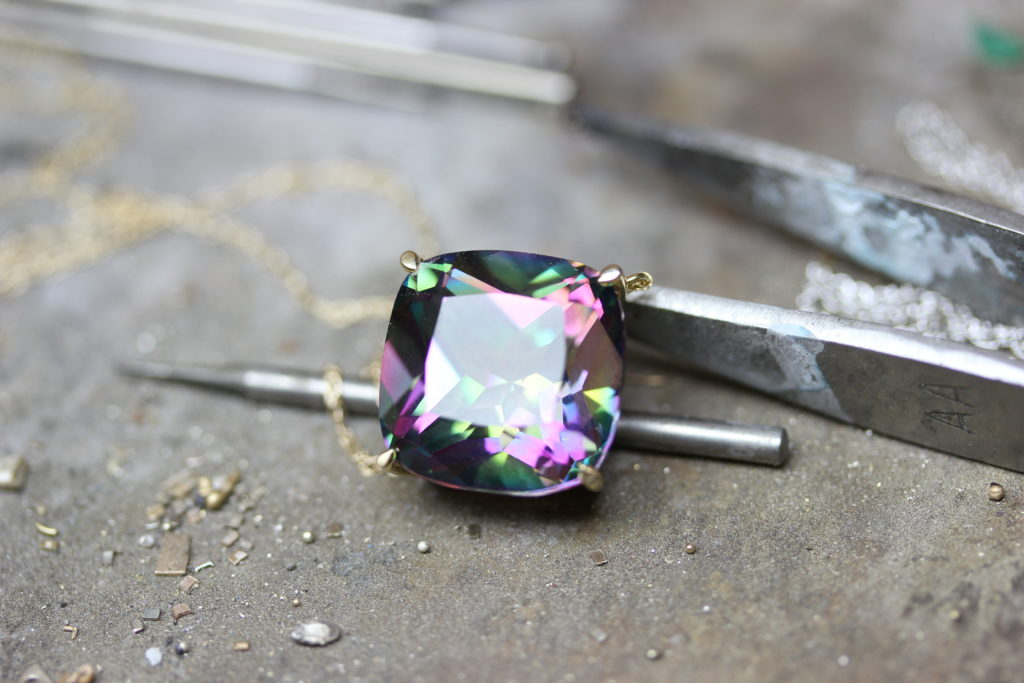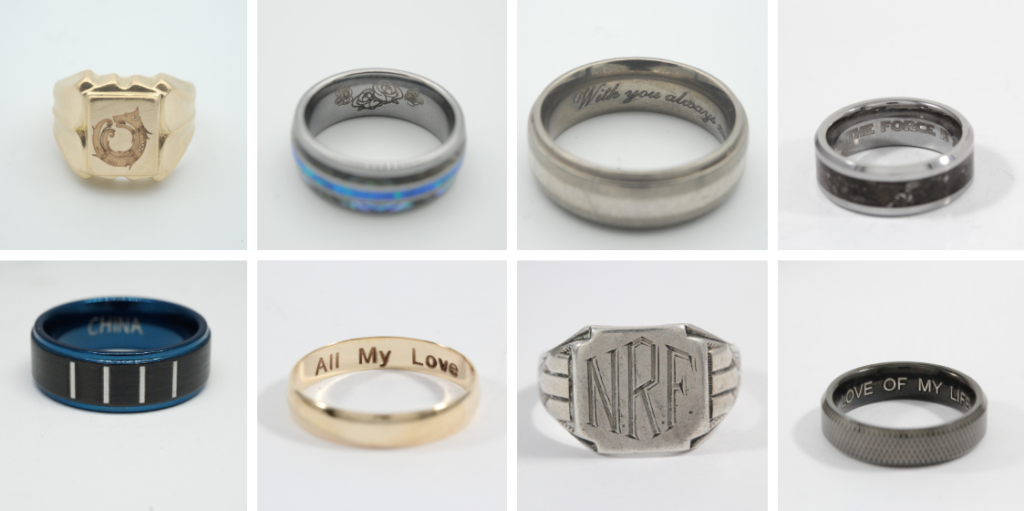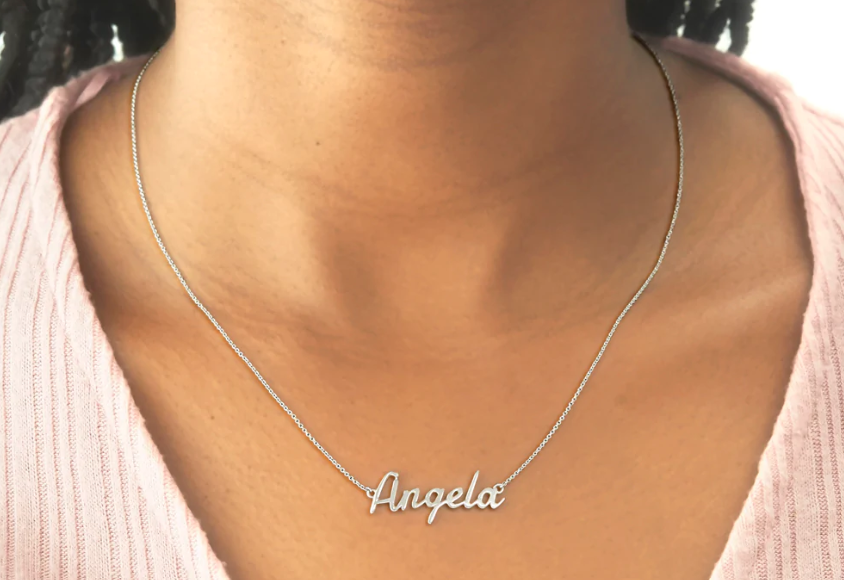4 Common Signs it’s Time to Get Your Jewelry Fixed
Written by Danielle Healy
August 18, 2020

We all want our jewelry to last as long as possible. A big part of ensuring it does is finding a reliable repair specialist and taking getting your getting your jewelry fixed when the need arises. In theory, this sounds simple. In practice, knowing when exactly the right time to seek out professional help is a little harder.
The key to detecting early damage is to make a habit of routinely inspecting your jewelry. This way, you can identify early signs of damage and prevent a simple jewelry repair from becoming a massively expensive one.
We're going to break down four common types of jewelry damage and the warning signs to watch for.
Thin Shank
The shank is the lower portion of a ring that goes around the finger, often referred to as the band. Even the most durable types of metal will wear down over time, causing the shank to grow thin and potentially even crack.
Because this part of the ring is usually obscured while wearing it, signs of damage can be easy to miss. Take off your ring and inspect the band, particularly the lowermost portion that sits closet to the palm where the shank will wear the quickest. Is the band starting to appear thinner? Are there any visible cracks? Does it bend easily? If any or all of these are true, it's time to cease wearing the ring and take it to a jewelry repair specialist to assess the damage before it breaks entirely.
Damaged Prong
A snag on a sweater or a fluffy towel is a common woe familiar to any jewelry wearer that might be a sign of more severe damage. Though beautiful, prong settings can be magnets for routine wear-and-tear, whether it's a ring, a bracelet, or a pair of earrings.
The best way to check for prong damage is to touch them! Undamaged prongs are thicker with a rounded top, while damaged prongs may feel thinner with a flattened top. Prongs can also become bent, especially if you accidentally drop or bang a piece of jewelry off a hard surface. Check for bent prongs by carefully examining the setting and checking if the prongs are evenly spaced. If some prongs appear closer together than others, a prong may have become bent. That’s when you know it’s time to head to your repair specialist to re-tip, bend back, or replace the troublesome prong and get your jewelry fixed!
Loose Stone
You look down at a favorite ring or bracelet and realize that a stone is missing, leaving only the setting's dark hole. Whether you find the stone or not, the shock of even momentarily losing a precious gem is not soon forgotten.
Fortunately, there are steps you can take to avoid having a crystal of gem fall out altogether. Stones come loose for a mix of reasons, ranging from damaged prongs to chipped stones. Often this is the result of routine wear or your jewelry being the victim of a sharp blow. With regular inspection, you can usually catch a loose stone before it becomes a lost stone. Try using a toothpick to gently probe the stone and see if it wiggles or twists. If so, stop wearing the item until you can get your jewelry fixed or risk losing the stone entirely and turning a simple tightening into a full-blown replacement.
Worn Clasp & Chain
Even the sturdiest-seeming chains can be susceptible to damage. One minute your necklace is firmly around your neck, and the next, it's on the floor. The culprit could be a broken link or even a faulty clasp.
As with all other types of jewelry, routine inspection is the key to catching early signs of damage. Examine your chain from time to time and check for stretching or discoloration, which might indicate targeted wear on the chain that can result in breakage. Similarly, if the clasp on your necklace or bracelet requires more finagling than usual, it may be time to retire the piece until you can get it to a jeweler for inspection. Replacing a chain link or clasp is a pretty routine repair, but that doesn't mean you should wait until it breaks completely. This could result in a sudden fall that causes damage to other areas or losing the piece entirely.
Follow these steps and you’ll be well-equipped to catch common types of damage and know exactly when it’s time to head to a specialist and get your jewelry fixed. Have a question about a piece of jewelry in need of repair? Comment below and we’ll help you get started!







Love your blog, very informative!